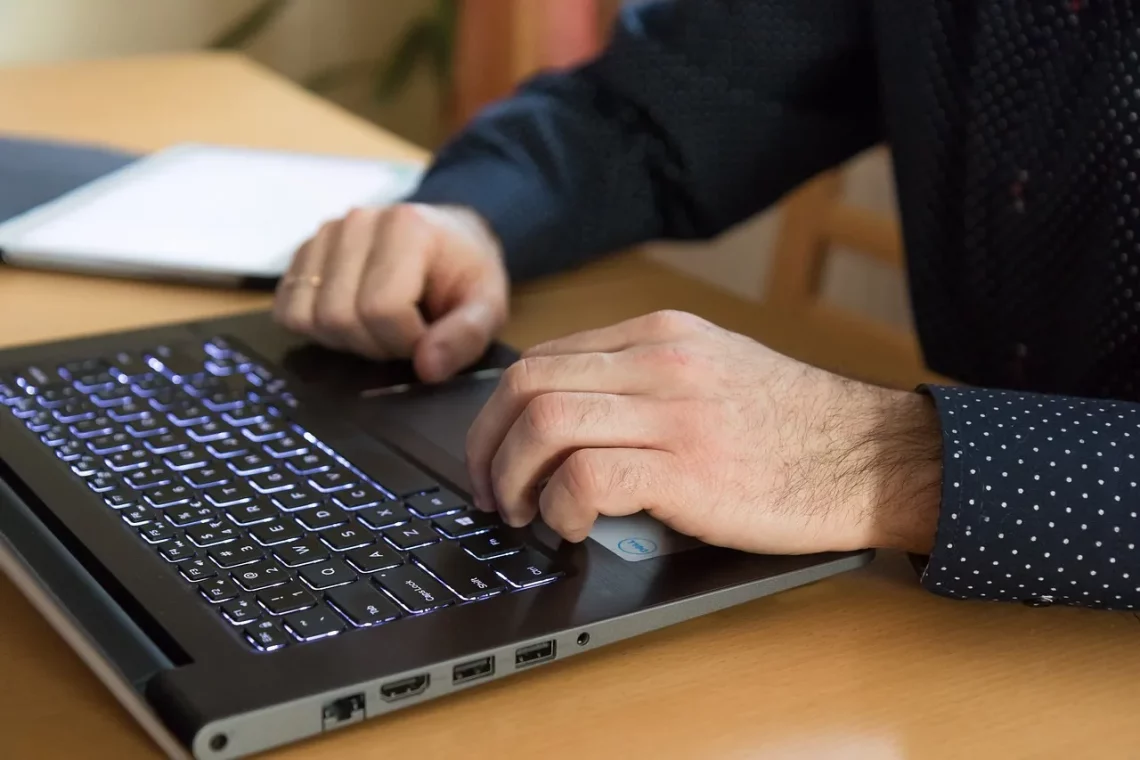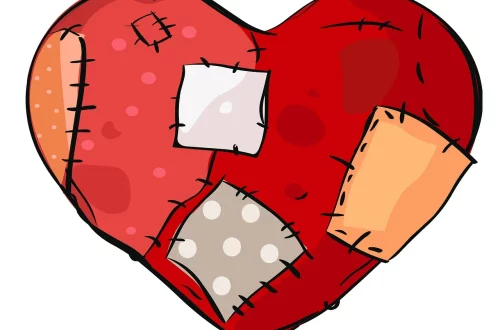
Men’s Guide to Mastering the Art of Squirting Techniques
The topic of sexual pleasure and exploration has gained increased attention in recent years, with more individuals seeking to understand and enhance their experiences. Among the various aspects of sexual intimacy, squirting—or female ejaculation—has emerged as a subject of fascination and curiosity. While often shrouded in mystery, the phenomenon can be an exciting addition to a couple’s sexual repertoire, fostering deeper connections and heightened pleasure.
Understanding squirting involves recognizing the biological and physiological aspects of female sexuality, as well as the emotional dynamics that accompany intimate experiences. This topic transcends mere physicality, touching on communication, trust, and mutual exploration. For many, the idea of squirting can evoke a mix of intrigue and apprehension, particularly for those who may not have had extensive experience with it.
This guide aims to shed light on the intricacies of squirting techniques, providing insights for those interested in enhancing their sexual experiences. With the right knowledge, approach, and mindset, both partners can embark on a journey of discovery, making the experience enjoyable and fulfilling.
Understanding Female Anatomy and Physiology
To master the art of squirting, it’s essential to begin with a solid understanding of female anatomy and physiology. The female reproductive system contains various structures that play critical roles in sexual pleasure and orgasm. One of the key components involved in squirting is the G-spot, an erogenous zone located on the anterior vaginal wall.
The G-spot is thought to be an extension of the clitoral network, with many believing that stimulation in this area can lead to heightened arousal and potentially squirting. When adequately stimulated, the G-spot can swell, making it more sensitive and responsive to touch. Understanding where this area is located and how it feels when stimulated is vital for any partner looking to explore squirting.
Moreover, another significant aspect of female anatomy relevant to squirting is the Skene’s glands, often referred to as the female prostate. These glands are located near the urethra and produce a fluid that can be expelled during sexual arousal and orgasm. The composition of this fluid can vary, but it is generally clear and slightly viscous, differing from urine in both texture and odor.
In exploring squirting, communication between partners is crucial. Discussing preferences, comfort levels, and boundaries can significantly enhance the experience. Each woman’s body is unique, and what works for one person may not work for another. By understanding female anatomy and being attentive to your partner’s responses, you can create a more successful and pleasurable experience.
Additionally, emotional factors play a vital role in sexual experiences. Feeling relaxed, safe, and connected to your partner can significantly influence physical responses. Therefore, establishing an environment conducive to intimacy is key. This can involve creating a comfortable setting, engaging in foreplay, and fostering open communication about desires and sensations.
Techniques for Stimulation and Exploration
Once a foundational understanding of female anatomy is established, the next step involves exploring various techniques that can facilitate squirting. Different methods can be employed to stimulate the G-spot and create the conditions necessary for squirting.
One effective technique is the “come-hither” motion, where the fingers are used to apply firm, rhythmic pressure to the G-spot. This method can be more effective when combined with clitoral stimulation, as many women find simultaneous stimulation increases arousal. Experimenting with different hand positions and levels of pressure can help uncover what feels best for your partner.
Another technique involves using sex toys designed specifically for G-spot stimulation. Many of these toys have a curved design to target the G-spot effectively. When using a toy, it’s essential to communicate with your partner about what feels good and to adjust the intensity based on their feedback.
In addition to manual and toy-based stimulation, incorporating oral sex can further enhance pleasure. Many women find that oral stimulation, particularly when combined with G-spot stimulation, can lead to intense orgasms and potential squirting. Experimenting with different rhythms, pressures, and techniques can help discover what works best for your partner.
It’s also important to establish a comfortable atmosphere during this exploration. Creating a space that feels safe and free from distractions can help both partners relax and focus on the experience. Using soft lighting, music, or even engaging in sensual massage beforehand can set the mood and increase arousal.
Lastly, patience is key. Squirting may not happen immediately, and it’s essential to remain positive and encouraging throughout the process. Celebrate small victories and focus on the overall experience rather than just the end goal. By cultivating a sense of exploration and discovery, both partners can enjoy the journey of intimacy together.
Overcoming Myths and Misconceptions
As with many aspects of sexuality, there are numerous myths and misconceptions surrounding squirting that can hinder exploration and enjoyment. One prevalent myth is that squirting is the same as urination. While the fluid expelled during squirting can come from the same area as urine, it is chemically different. Understanding this distinction can help alleviate any anxiety or uncertainty about the process.
Another misconception is the idea that squirting is a requirement for female pleasure or orgasm. Each woman experiences pleasure uniquely, and not all women will squirt or even desire to do so. It’s essential to recognize that pleasure comes in many forms, and the focus should be on mutual enjoyment rather than meeting specific expectations.
Additionally, societal stigma can create pressure and anxiety around squirting. Some may feel embarrassed or ashamed about their bodies and their responses. Open communication with partners can help dispel these feelings and create a more supportive environment for exploration. Encouraging a positive mindset and focusing on the enjoyment of the experience can help both partners feel more comfortable.
Moreover, it’s crucial to remember that every woman’s body is different. What works for one individual may not work for another. This variation is entirely normal, and embracing the unique qualities of each person’s body can lead to more satisfying sexual experiences.
Encouraging a culture of understanding and acceptance surrounding squirting can help break down these myths. By fostering open dialogue about sexual experiences and preferences, partners can create a more enriching and fulfilling sexual relationship.
In conclusion, enhancing sexual intimacy through squirting techniques requires understanding, patience, and a willingness to explore. By focusing on communication, technique, and emotional connection, partners can create a fulfilling and pleasurable experience that deepens their bond.
**Disclaimer:** This article is not intended as medical advice. For any health-related issues or concerns, please consult a qualified healthcare professional.




